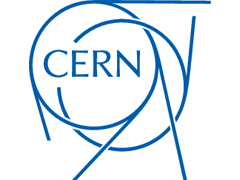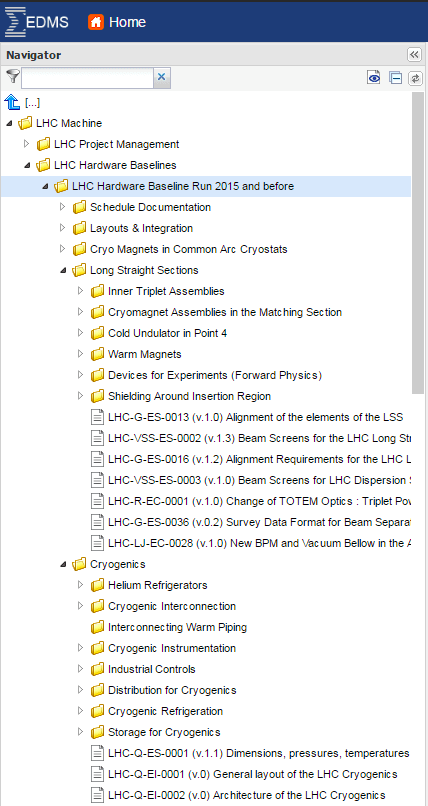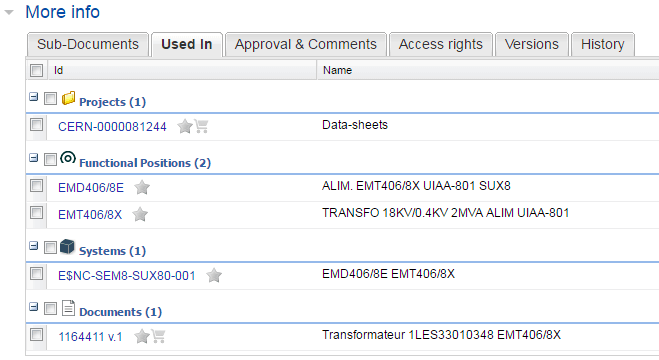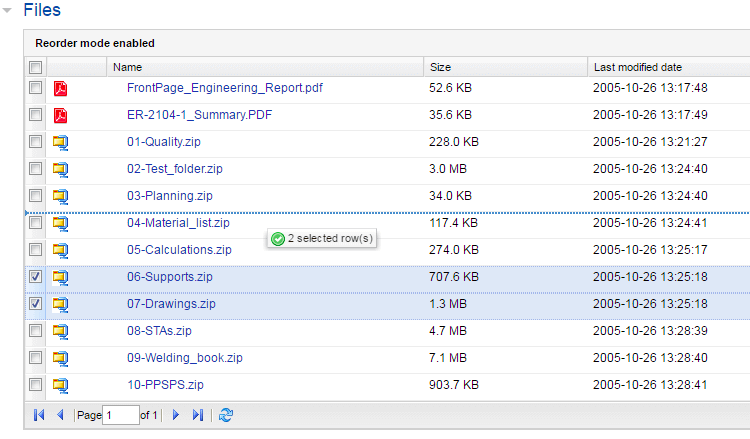GXT Customer Spotlight: CERN
Get a summary of this article:

CERN is a European research organization that operates the largest particle physics laboratory in the world. It is located near Geneva, on the Franco-Swiss border. It provides the accelerator complex and infrastructure used for high-energy physics research to enable studies of the nature and origins of the universe.
The Engineering and Equipment Data Management Service (EDMS) serves as a digital memory of CERN: it stores information about the design, manufacturing, testing, and maintenance of various pieces of equipment installed at CERN (on surface and below surface, in the Large Hadron Collider tunnel). It allows management of technical documentation in an accessible and highly flexible manner, at the same time ensuring that it remains available for the next generation of scientists. It offers functions such as document workflows, versioning and approval processes, just to mention a few. It allows for structured organization of the documentation, and the links between the documentation and the manufactured parts.
As of today, the system stores more than 1.5 million documents and has around 3,000 regular users. It’s been operational for about the last 15 years.
The system is based on a commercial Product Lifecycle Management (PLM) solution – Oracle Agile e6. But from the very beginning, EDMS had a custom, in-house built web interface, which allowed for the broad adoption of PLM processes at CERN and for the wide availability of the engineering data. One of the goals was to simplify the PLM for the large community of CERN users, with various backgrounds and profiles such as designers, engineers, physicists, project managers, scientific secretaries, technicians, and inspectors. EDMS serves their specific requirements and facilitates the scientific and engineering collaborations within and outside CERN.
Why We Chose GXT
In 2011, the EDMS team decided to redo the web interface in order to make it more modern and user friendly, and this is where GXT helped us. Thanks to the rich library of widgets, we were able to make significant progress with very few developers. The team particularly appreciated the various grid solutions that are available out of the box:
- Customizable column model
- Grouping view
- Paging
- Local and remote sorting and filtering
It was also easy to use the drag and drop grid rows feature to implement data reordering functionality. Another component that we found useful was the tree. We used it in EDMS to implement navigation within the structure of nodes: items, projects, assets, documents, and locations. The GXT component proved to be robust even with big data sets and allowed us to improve the structure browsing experience.
Example view of EDMS tree:
Example of the ‘where used’ view for an EDMS document:
Example of file reordering in EDMS:
Our Advice to New Developers
We recommend that new GXT developers take the time to examine and learn the library and pick the simplest components that fulfill their needs. To be more productive, avoid any deep component customization and use standard styles that come with the library.
Final Thoughts
Sencha GXT allowed us to provide a modern responsive web interface that is appreciated by our users. The rich library of widgets served us as a solid base for the design of the pages, enabling us to focus on the simplification of workflows and implementation of complex business rules.

The mobile application development landscape has undergone a profound transformation over the past decade. Organizations…

For Independent Software Vendors operating in competitive global markets, the user interface has evolved from…

The selection of a front end framework for enterprise applications remains one of the most…












